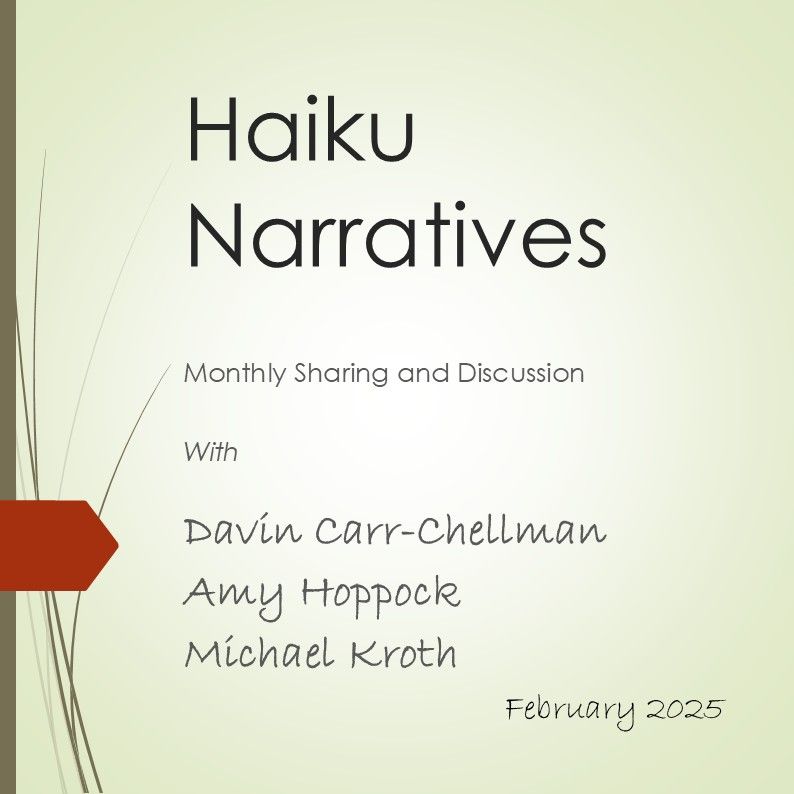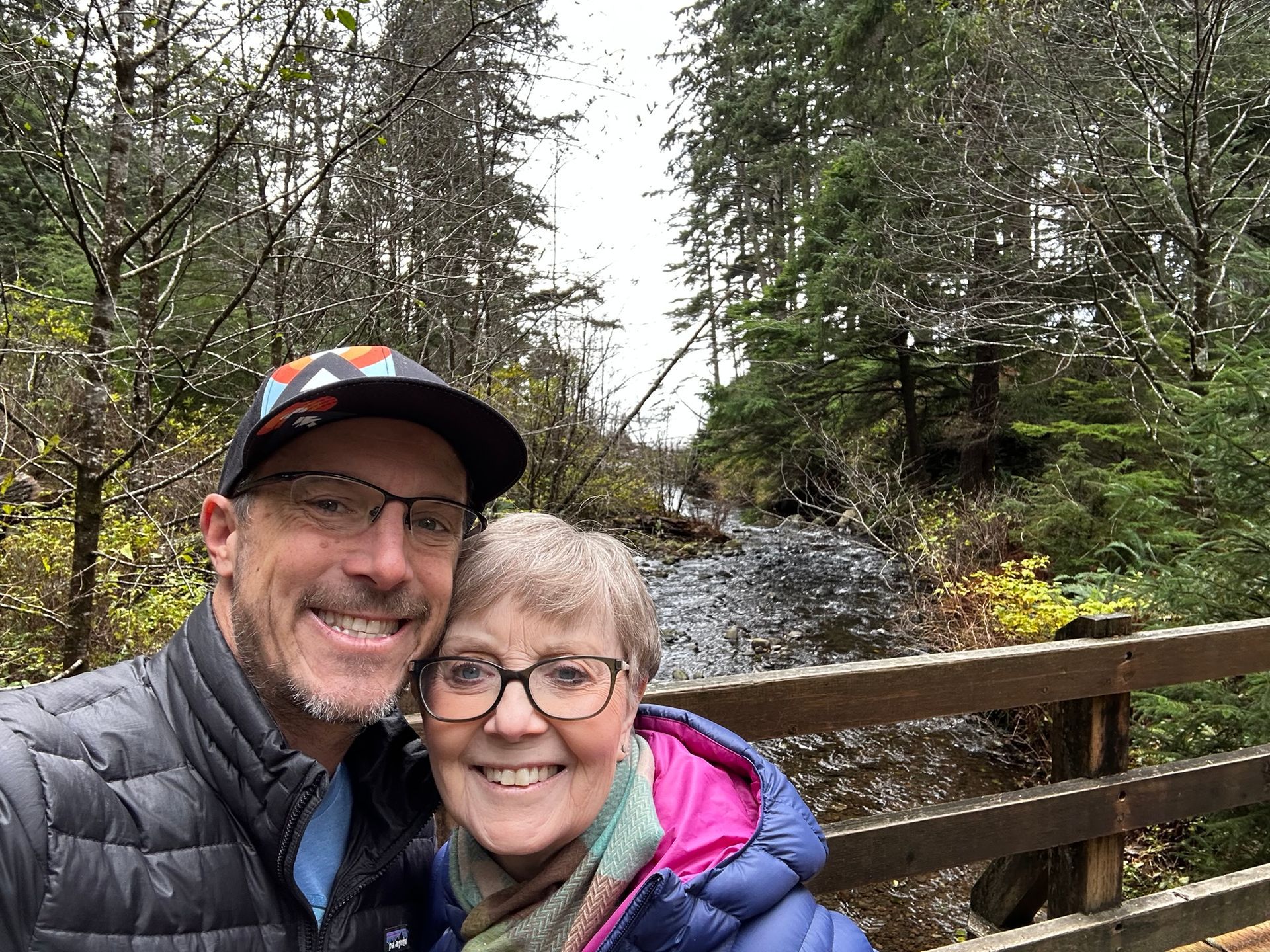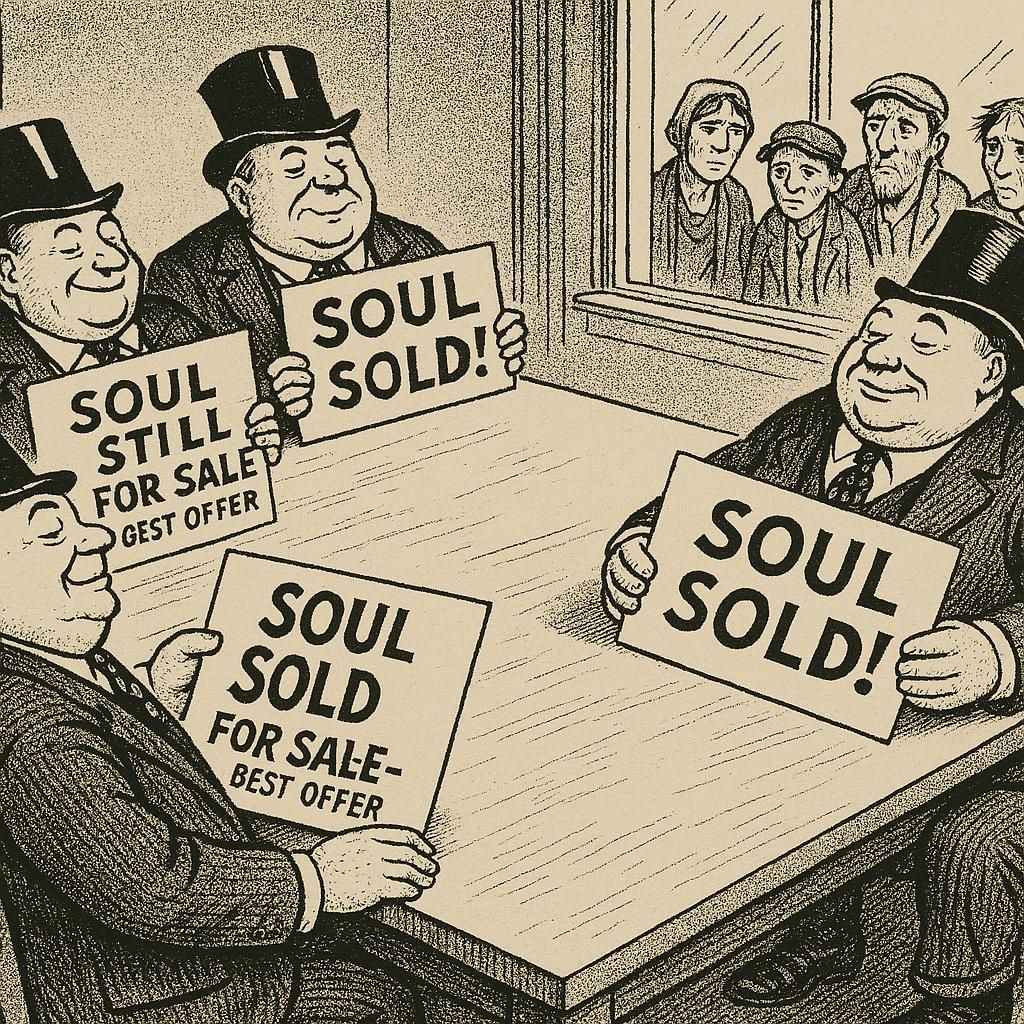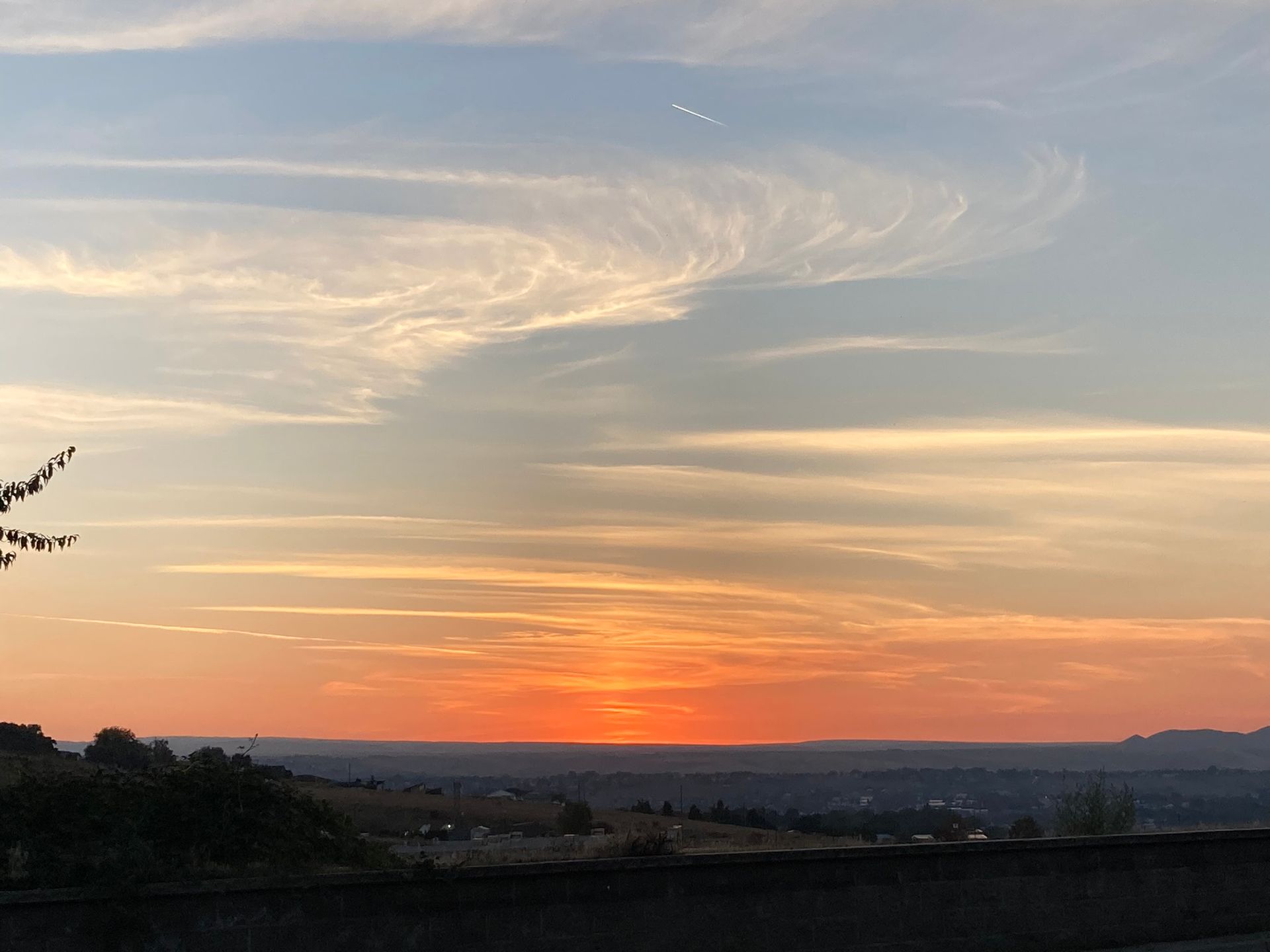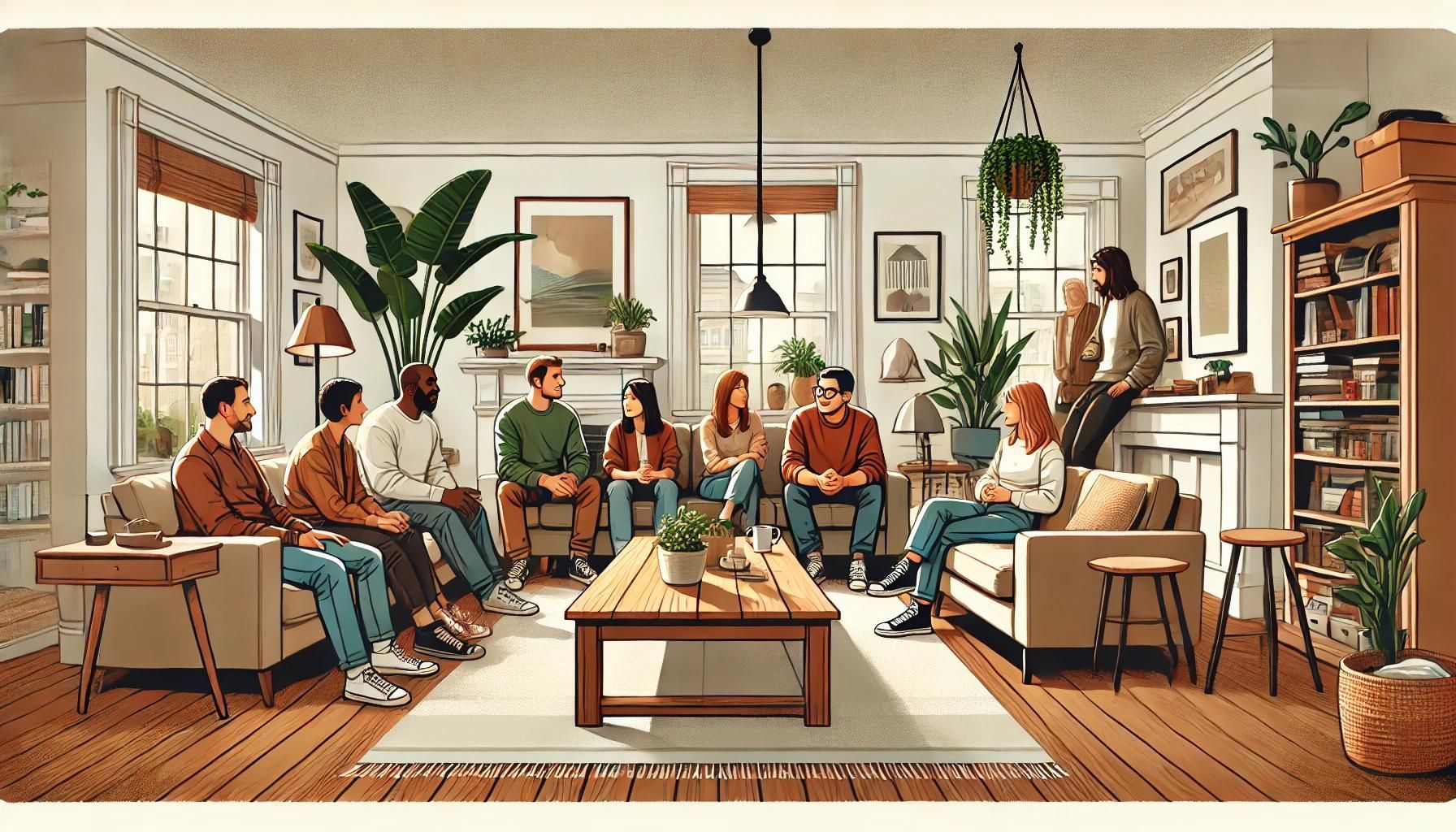Wonder
Wonder is triggered by something new or unexpected, often something beautiful or stimulating, which opens our minds and hearts to something larger than ourselves.
“Wonder, like heightened interest, momentarily suspends habitual ways of looking at the world and instead lures people into new and creative engagement with their surroundings, Rather than encouraging behaviors that distance us from our environment, wonder induces receptivity and openness. It prompts us to become more connected with the wider environment.”
~Robert C. Fuller, Wonder: From Emotion to Spirituality , p. 12
Let us live our lives with a "sense" of wonder.
Wonder
is one of those qualities that both atheists and deists and agnostics and
pagans, scientists and ministers, actually anyone, can experience. Wonder is
triggered by something new or unexpected, often something beautiful or
stimulating, which opens our minds and hearts to something larger than
ourselves. We are more receptive, more connected and we are likely to look at
life and the world in new ways
. Wonder can be personally transformational and,
while wonder doesn’t have to be a religious or spiritual experience, it often
is or leads to one.
Robert Fuller, in his thoughtful and comprehensive book, Wonder: From Emotion to Spirituality ,(2006)looks at wonder from a range of aspects, including evolution, adaptation, psychological development, personal transformation, and religious sensibility. “Wonder,” he says, “originates in response to novel or unexpected stimuli. What distinguishes the experience of wonder, however, is that it motivates us to contemplate the possibility that there are causal powers existing “beyond” our immediate physical surroundings. In other words, wonder encourages belief in a metaphysical order of existence—an order, moreover, that has causal relevance to our lives” (p. 14).
Wonder, then, happens to us. Unexpectedly. And though we might place ourselves in situations that might elicit wonder, experiencing wonder itself is out of our control. But that’s not so bad, if we are willing to place ourselves in wonder-inducing situations regularly. Fuller has a chapter each about John Muir, Rachel Carson, and William James, and recounts how they lived their lives with a “sense” of wonder. “ The experience of wonder first arises as an emotional episode of relatively brief duration. But, like all emotional experiences, experiences of wonder also have the potential to shape longer-lasting moods and personality traits. It thus makes sense to speak not only of experiences of wonder but also of an ongoing “sense of wonder.” (pp. 101-102).
Wonder, as Fuller describes it, has some marvelous qualities. It makes us more open and receptive, and able to look at life from different perspectives. Unlike other emotions, it is positive and doesn’t require an immediate response, like flight or fight, or even goals. It can set in motion self-examination, heightened awareness of ourselves, the world around, and our connection to it. It opens up our hearts and also our minds. Wonder also actuates our mind’s ability to think more abstractly, so we are moved to get away from thinking about just the parts of the universe we are familiar with and our part in it, to considering the whole in new ways.
Wonder is not necessarily spiritual or religious, though it can naturally lead to these. Religions recognize the importance of wonder. Fuller says, “Religion, through the ritualization of wonder, sustains cultural paradigms that establish powerful, pervasive, and long-lasting moods and motivations. Moreover, wonder continually revitalizes such paradigms by connecting them with belief in a general order of existence, a cosmic frame of reference” (p. 68). Wonder therefore is not belief, but we – individuals and others – may connect it to belief. It is only when ritual becomes rote that it loses its ability to connect or to reconnect with wonder.
Although wonder is a portal to the spiritual and the religious, it is antithetical to rigid dogma and doctrine. Wonder opens up thought and inquiry, where doctrine, at its worst, does the opposite. As Fuller says, “Wonder, then, potentially wards off literalism in religious thought (as well as the authoritarianism that so often accompanies literalism. This is a particularly important point because…some religious groups actively suppress the kind of cognitive openness generated by wonder” (p. 157).
Wonder is an emotion that can be
instigated in a variety of ways
, including looking at works of art or through
scientific inquiry. “The sense of
surprise underlying mathematical discoveries”, Fuller says for example, might
make some people curious but for others “it evokes a strong sense of
wonder. It generates feelings of awe and
fascination and prompts us to speculate about the presence and causal relevance
of a metaphysical order of things” (p. 124).
Curiosity and wonder “fuel” (p. 126) many scientists and their work,
though of course scientists must ground their work in empirical research. This shows a connection between the science
and spirituality, though scientists may not connect wonder and spirituality.
Even though wonder may or may not be or become a spiritual experience for someone, Fuller says “ the spiritual path begins with wonder. That is, the quest for the sacred requires changes in our perceptual and cognitive orientations to life. It requires that we become alert to the possible presence and causal relevance of a more general order of things" (p. 130). That is why religious traditions use spiritual practices – “contemplative exercises, mystical disciplines, or meditation” – to help move people past the “profane or ordinary world” to opportunities for wonder. These practices are mental exercises that free the mind from conditioning and habitual thinking.
“It is precisely such an intensification of awareness and the resulting unfamiliar perspective that elicit the emotion of wonder” Fuller, p. 132.
Wonder is associated with what William James considered to be traits of “mystical” experience, Fuller says, like trigger experiences that tend to make one consider the possibility of a presence of a reality beyond what one can observe. Fuller is not the only one to make the connection between wonder and mystery. Einstein himself wrote:
"The most beautiful thing we can experience is the mysterious. It is the source of all true art and science. He to whom this emotion is a stranger, who can no longer pause to wonder and stand rapt in awe, is as good as dead: his eyes are closed. This insight into the mystery of life, coupled though it be with fear, has also given rise to religion. To know that what is impenetrable to us really exists, manifesting itself as the highest wisdom and the most radiant beauty which our dull faculties can comprehend only in their most primitive forms—this knowledge, this feeling is at the center of true religiousness. In this sense, and in this sense only, I belong in the ranks of devoutly religious men………….It is enough for me to contemplate the mystery of conscious life perpetuating itself through all eternity, to reflect upon the marvelous structure of the universe which we can dimly perceive, and to try humbly to comprehend even an infinitesimal part of the intelligence manifested in nature” (Einstein, 1931, pp. 6-7).
“The most beautiful thing we can experience is the mysterious. It is the source of all true art and science. He to whom this emotion is a stranger, who can no longer pause to wonder and stand rapt in awe, is as good as dead: his eyes are closed." ~Albert Einstein
Carl Sagan, ever the advocate of science, believed passionately that scientists must be “ruthlessly skeptical” when looking at all ideas (1995, p. 304). It is only in that way, he said, that the wheat of all new notions and claims can be separated from the chaff of opinion, hope, or just chicanery. You can tell that Sagan, not a spiritual person, considered such scrutiny the sine qua non of science. A sin (scientific) would be to not scrutinize rigorously. At the same time, scientists must balance this healthy and needed doubt with openness to new ideas, he said. Without that balance, scientists will miss opportunities to learn something new or to add to the body of knowledge, or they will accept uncritically something which is untrue. This credulity regarding new ideas, and even counter-intuitive ideas, is not always easy, even for scientists, “Both skepticism and wonder are skills that need honing and practice”, Sagan said, and inculcating both in every student should be a goal of public education. Wonder is as essential in science as it is in every aspect of human endeavor.
For Fuller, then, “A preliminary definition of wonder, then, is that it is the feeling state that accompanies the total organism’s response to something novel and unexpected (especially those things that strike us as especially powerful, real, true, and/or beautiful)” (p. 33).
Wonder is one of the key aspects of reverence, it is important for both science and spirituality, and is key to penetrating mystery.
Einstein, A. (1931). Living Philosophies Living Philosophies (pp. 3-7): Simon and Schuster.
Fuller, R. C. (2006). Wonder: from emotion to spirituality . Chapel Hill: University of North Carolina Press.
Sagan, C. (1995). The demon-haunted world: science as a candle in the dark (1st ed.). New York: Random House



